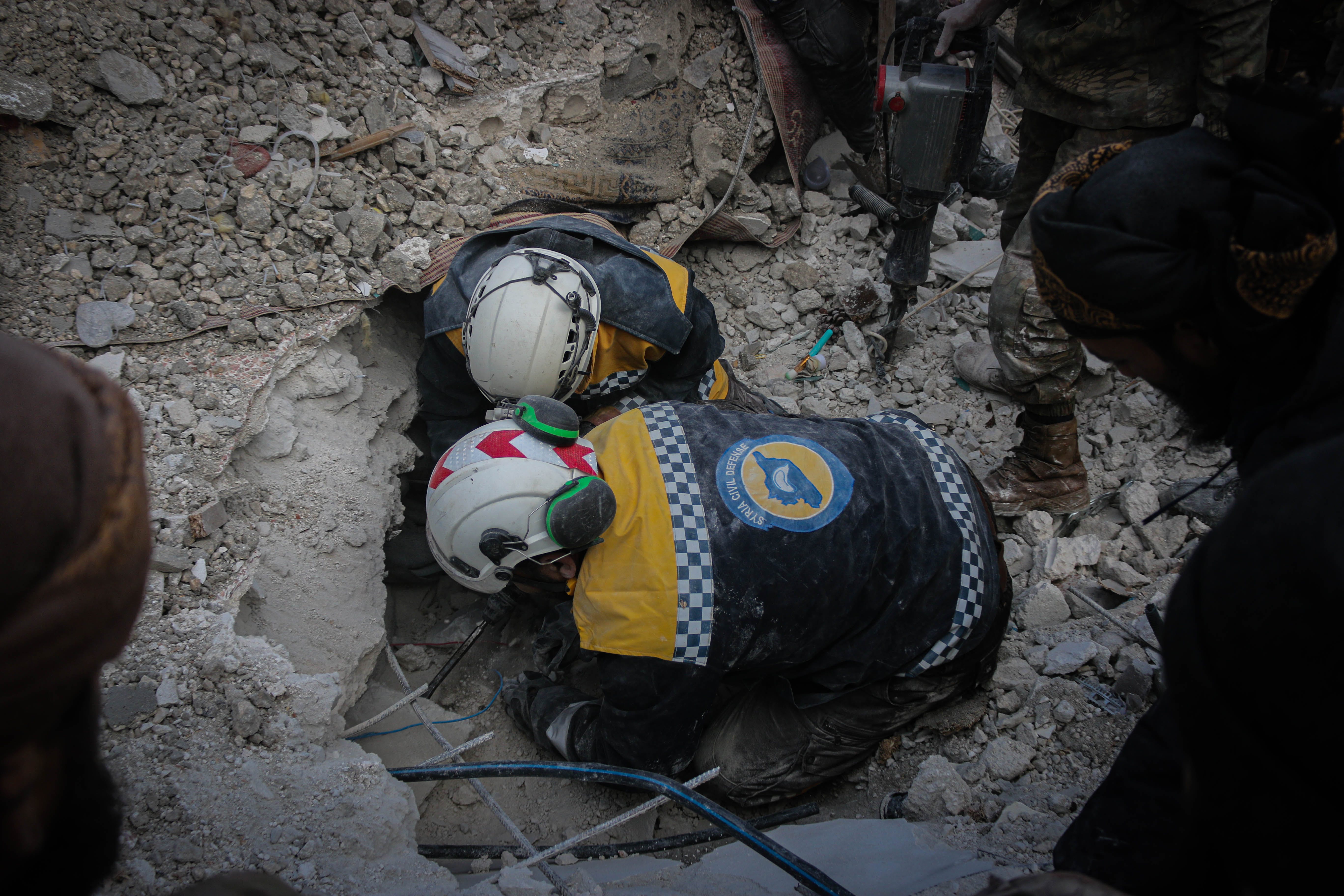Hot-topics like “diversity of thought” and “equality” seem to have become CEO headlines and policy fodder that allow major players to talk a big diversity game. But are organisations looking, sounding, or walking any differently? We all seem to agree that increased diversity and inclusion in the humanitarian sector would be a generally good thing, but why is it that we see so little progress towards significant change in the representation of diverse populations in humanitarian leadership positions?
When you ask the average humanitarian why their organisation is still struggling to recruit and promote people from diverse walks of life, they’re likely to tell you that their organisation is trying to rectify the situation. They have quotas, gender targets, social networks, some even report on their progress towards this goal. However, organisations are often more focused, and assigning more resources, on other key agendas – very important ones, too. Sure, diversity is important – but how can they be expected to prioritise the Diversity Agenda, when they are already prioritising the Localisation Agenda, the PSEAH Agenda, the effectiveness of their humanitarian response, their accountability to affected populations? Are there are too many Agendas, and too little time (and money)?
Here lies the crux of our misunderstanding about diversity and inclusion in the sector: Diversity is not another agenda – it’s a strategy. And, recent research shows, it’s a very good one.
The data presented in the latest report from Humanitarian Advisory Group’s Diverse Leadership stream suggests that diverse and inclusive leadership teams perform better across a range of key indicators, such as good decision making, risk management, and the promotion of innovation. These are all performance metrics that are necessary for efficiently and effectively achieving even the loftiest of your organisations’ goals. The data suggests that diverse and inclusive teams are putting their talents together to get more done for their organisations, however it also suggests the these multi-faceted, uniquely diverse and inclusive leadership teams are in the minority in our sector.
So, the question should not be “how could we prioritise diversity and inclusion against competing agendas?”, but rather “who have we chosen to lead us towards the change we desire?”
On Complex Diversity
You may have heard the term “diversity of thought” used like the carrot on a stick to coax certain resistant parties into serious conversations about diversity and inclusion (D&I). And indeed, in this capacity, it has performed admirably. However, it really only scratches the surface of the core concept for which D&I theory advocates: diversity of lived experience. All the complex and varied facets of your life that have shaped you into the person you are with the brain that you have. This includes visible aspects of self, like your ethnicity, your age, your gender presentation. But conversations about diversity need to move beyond what’s visible, to the complex stories behind every person that make them unique. And more importantly, these conversations need to move beyond the individual.
There is no such thing as a diverse person. Only a team of people can be diverse, in that each person within the team brings some totally different lived experience than everyone else in that team – in other words, it’s relational. The difference between our leaders needs to move beyond going to different top-tier exclusive academic institutes. We need to totally rethink how we recruit and promote, what criteria we consider, and how open we are to being surprised by the right person for the job.
It is with this lens that we will avoid “tick-box” diversity, which often singles out one employee as the “diverse” person – a strategy that is not only likely to lead to that person having extra diversity-themed work, but is also likely to limit attempts to generate a genuine culture of inclusiveness, where all people feel represented, safe, and free to speak up. Many recruiters may not be trained to look for subtler signifiers of diversity, such as academic, socioeconomic, cultural, linguistic and experiential backgrounds. It is the culmination of all these lived experiences that will form a unique leadership team, with a wide variety of skillsets and an increased capacity for innovative problem solving.
What the data tells us
It’s not all doom and gloom. You can read the report to understand some of the disappointing, if not surprising statistics on the current state of diversity in our sector. Figures like only 38% of staff perceiving their immediate leadership team to be diverse. Figures like only 4% of the sector identifying as a person with a disability. Figures like nearly 75% of the sector having a Masters degree or higher – a feat you may think is simple and easily achievable, if you come from an academically and socioeconomically privileged background.
You will also, though, see the statistics that are truly critical for our sector to be discussing. Our understanding of diversity and inclusion tends to get stuck like a needle on a dusty record – stuck in a place of debate that people feel is purely moral, an esoteric goal in order to achieve “justice” and “fairness”. These thing are of course true and I have no intention of mocking a moral goal – after all, a lot of what our sector achieves is based on a foundation of trying to do what is right. But the moral justification is no longer the only, or the most pressing, motivator for diversification.
There is a clear relationship between leadership teams who are perceived to be diverse and inclusive, and those who perceived to make better decisions, manage risk well, and promote innovation. Not to mention their increased likelihood and listen and act upon the views of those around them and those to whom they are accountable.

Creating more diverse and inclusive leadership teams would logically, therefore, be an effective strategy to increasing the positive impact our work is making on the world around us. This could be the solution the sector has been seeking. This is where you come in.
Have new conversations about diversity and inclusion at work. Conversations that move beyond the gender balance of your board of directors, and eye-rolling to each other at pasty-white conferences. Have conversations with your HR team, with your manager, with your intern, about how a diverse and inclusive leadership team could lead you to the kind of humanitarian organisation that really changes the way we work. How they might be more open to listening to your ideas and implementing them. How they might put in place better safeguarding practices, to protect you and the most vulnerable populations you work with. How they might form a think tank of opposing views with the capacity to imagine new, innovative, creative solutions to some of the sector’s most difficult challenges.
Can your organisation start to integrate D&I to improve outcomes?
If your organisation is looking for a more detailed understanding of the diversity of their existing leadership teams, and what more diverse and inclusive practices might mean for their most pressing organisational goals, they may be interested in the next phase of our research. We will be working with partner organisations to further uncover the relationship between D&I and effective humanitarian performance.
If this sounds like something your organisation or your leadership team may benefit from, please reach out to the research team:
Pip Henty at phenty@hag.org.au
Kate Sutton at ksutton@hag.org.au
This blog is informed by the latest report from HAG’s Diverse Leadership research stream. Read the report: Data on Diversity: Humanitarian leadership under the spotlight.
Featured photo: Warburg, Art Karlsruhe 2008; Foyer; Light wall.






